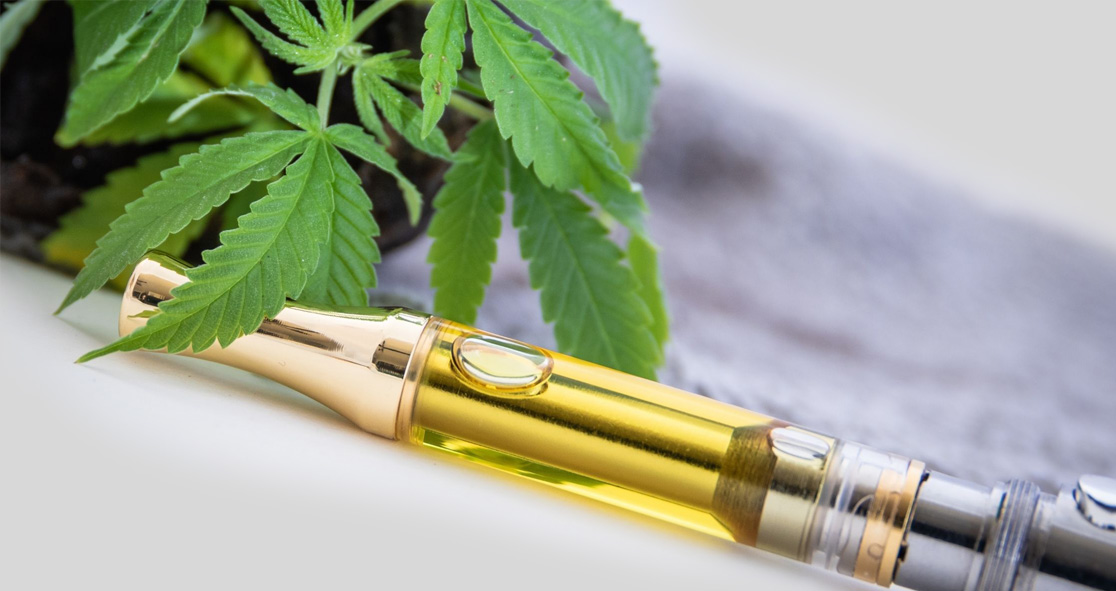A new study, published Monday in JAMA Pediatrics, has found that marijuana vaping among teens has doubled between 2013 and 2020, according to NPR.
The study also found that teens who vaped cannabis within the last 30 days increased from 1.6% to 8.4% during the same period.
Researchers analyzed 17 studies that involved nearly 200,000 American and Canadian teenagers. They said that vaping marijuana poses serious health dangers for adolescents.
Study author Carmen Lim of the University of Queensland in Australia told NPR, “Regular use of high THC products could increase the risk of dependence, other substance use and many other health, social and behavioral problems later in life.”
She said although the study showed that “marijuana use has remained relatively stable among 12th graders in the last few years, hovering around the 35% mark, the growing popularity of electronic pot vaping devices is alarming,” explaining, “since marijuana is currently illegal at the federal level, many products are not regulated.”
Lim noted that the amount of toxicant in marijuana vapes, including Vitamin E acetate, which can interfere with normal lung functioning when inhaled, remains unknown.
Dr. Carol Boyd of the University of Michigan told NPR, “Vaping marijuana appears even worse” for young people than vaping nicotine products.
A Monitoring the Future survey has found that “adolescents’ lifetime cannabis vaping” use was associated with several adverse respiratory symptoms.
Dr. Boyd said, “In contrast to smoking cannabis, vaping marijuana with an electronic nicotine device increased the likelihood that adolescents would have worrisome pulmonary symptoms, including things like wheezing or whistling in their chest.”
Vaping marijuana among teens is also associated with sleep disturbance by wheezing and dry cough when exercising, she added.
“They vape because they think it’s safer but that’s not necessarily the case,” Dr. Boyd said. “They are misleading themselves.”
Considering the study findings, the researchers urge policymakers to invest in interventions and prevention measures, such as better regulation of cannabis vaping products and bans on advertising that target young people. The article appeared on NPR.























